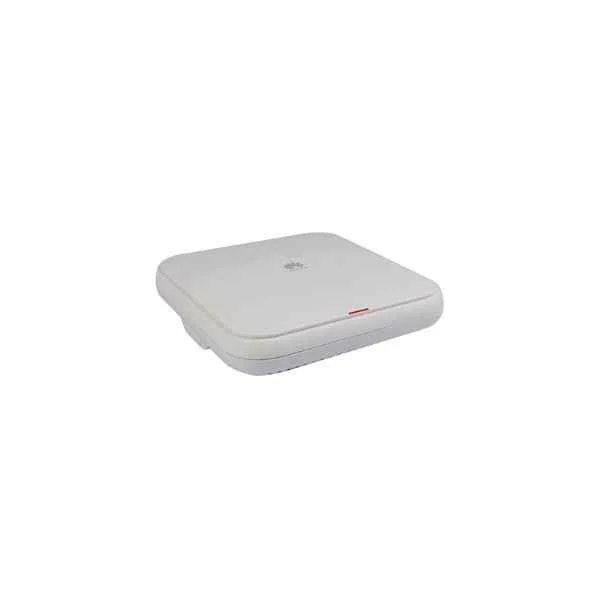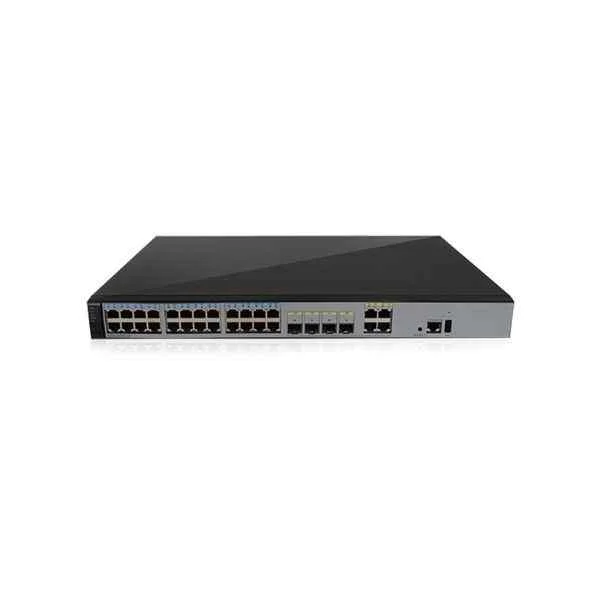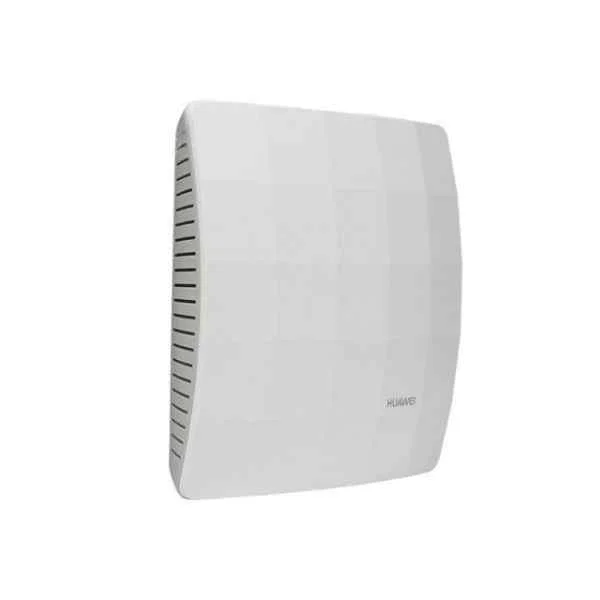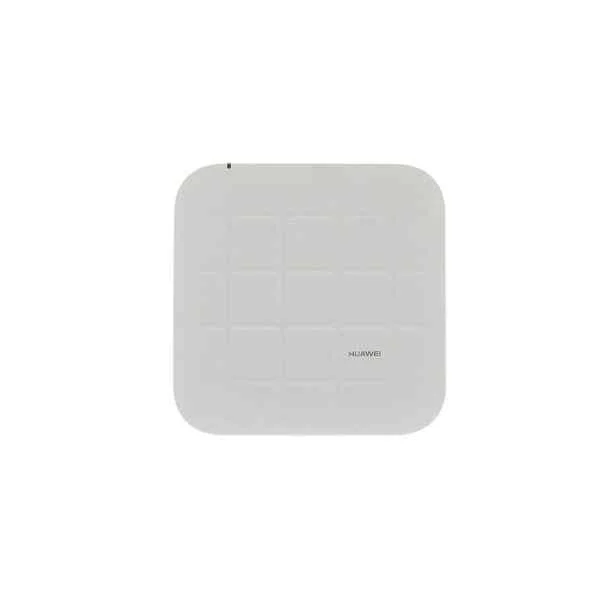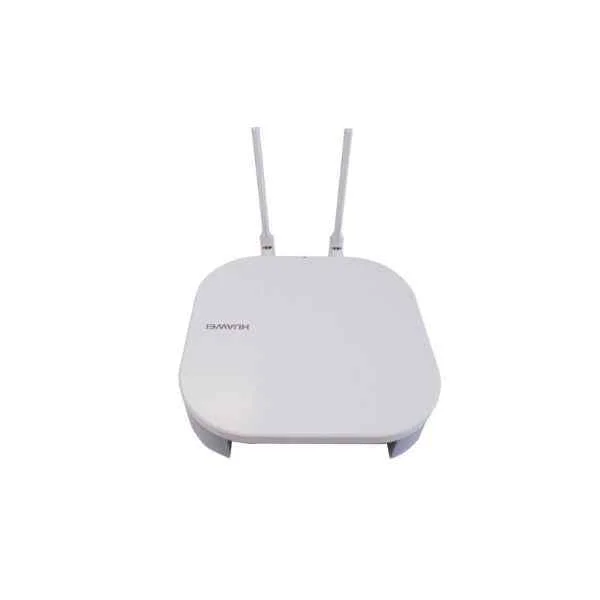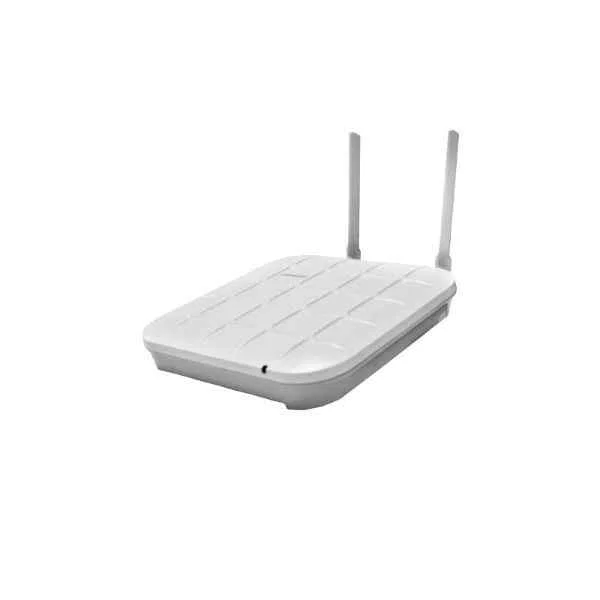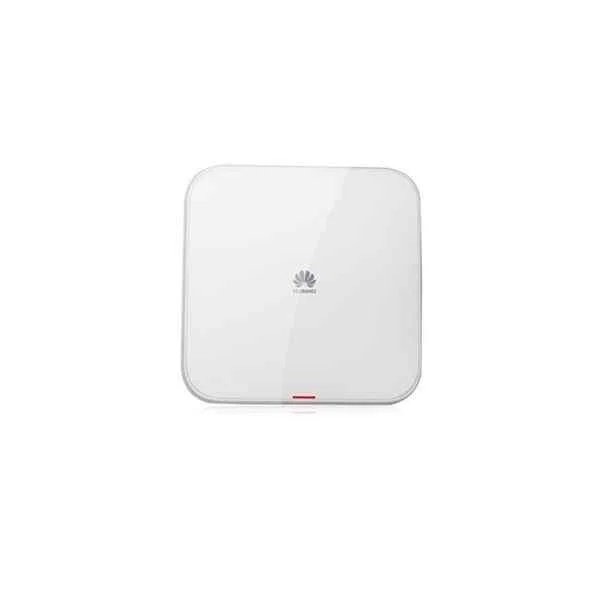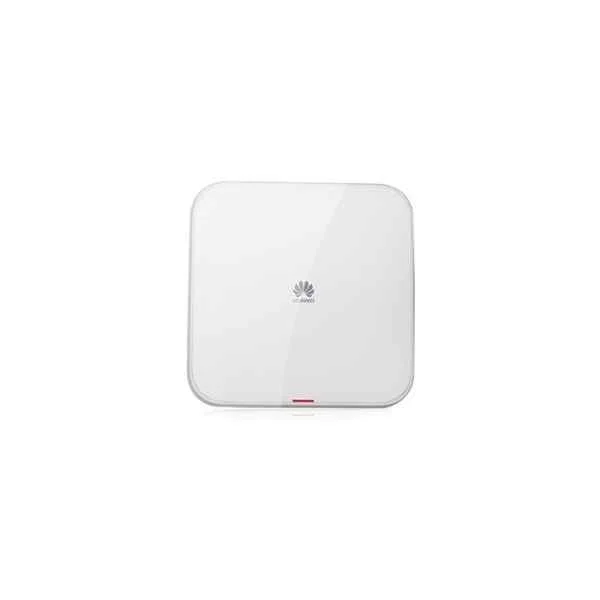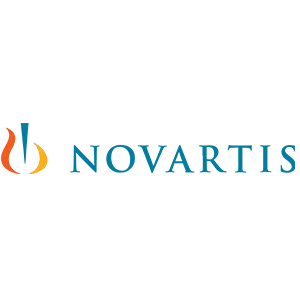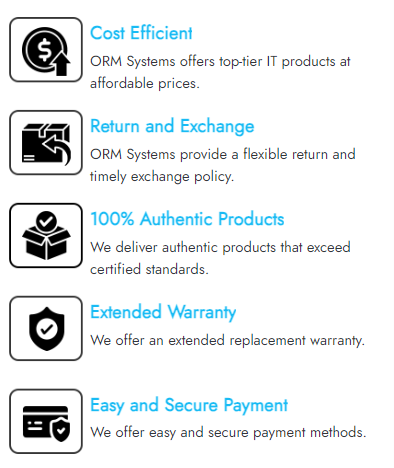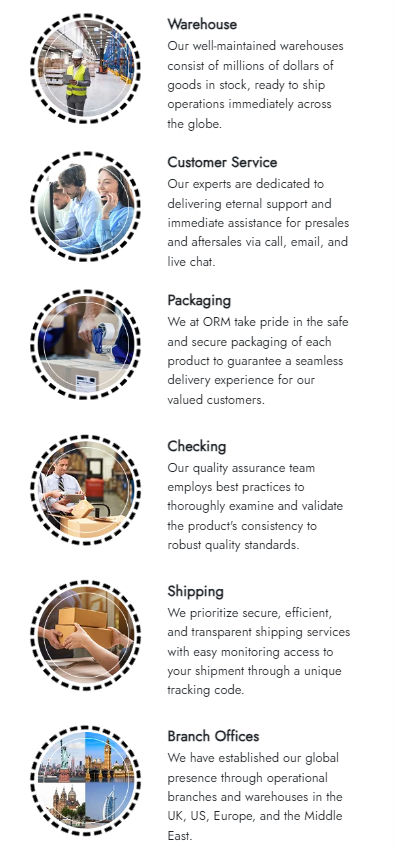Overview Of AP7152DN
No Data FoundSpecification Of AP7152DN
AP7152DN Datasheet
AP7152DN Specification
AP7152DNÂ Specification |
|
|
Dimensions (H x W x D) |
52 mm x 220 mm x 220 mm |
|
Weight |
1.7Â kg |
|
Interface type  |
1 x 10/100/1000M self-adaptive Ethernet interface (RJ45) 1 x 100/1000M/2.5G/5G self-adaptive Ethernet interface (RJ45) 1 x Management console port (RJ45) 1 x USB interface |
|
IoT slot |
One slot, supporting extension using ZigBee and RFID modules |
|
Built-in Bluetooth |
BLE4.1 |
|
LED indicator |
Indicates the power-on, startup, running, alarm, and fault status of the system. |
|
Power input |
DC: 42.5 V to 57 V PoE power supply: in compliance with IEEE 802.3at/bt; dual PoE power supply. |
|
Maximum power consumption  |
DC/802.3bt power supply: 33 W (Excluding the output power of the USB port) 802.3at power supply: 25.5 W (The USB function and the 5 Gbit/s mode of network ports are unavailable. The IoT card power is lower than 0.5 W.) NOTE The actual maximum power consumption depends on local laws and regulations. In 802.3at power supply mode, radio power is managed in self-adaptive mode. |
|
Operating temperature |
–10°C to +50°C |
|
Storage temperature |
–40°C to +70°C |
|
Operating humidity |
5% to 95% (non-condensing) |
|
Dustproof and waterproof grade |
IP41 |
|
Altitude |
–60 m to +5000 m |
|
Atmospheric pressure |
53 kPa to 106 kPa |
|
Antenna type |
external dual-band omnidirectional antennas |
|
Antenna gain  |
2.4G / 5G (switchable): 3.5 dBi/ 4 dBi 5G (non-switchable): 4 dBi |
|
Maximum number of SSIDs for each radio |
≤ 16 |
|
Maximum number of users  |
≤ 512 NOTE The actual number of users varies according to the environment. |
|
Maximum transmit power  |
2.4G /5G (switchable): 26 dBm/21 dBm (combined power) 5G (non-switchable): 24 dBm (combined power) NOTE The actual transmit power depends on local laws and regulations. |
|
Power increment |
1 dBm |
|
Receiver sensitivity  |
2.4 GHz 802.11b : –104 dBm @ 1 Mbit/s; –95 dBm@ 11 Mbit/s 2.4 GHz 802.11g: -96 dBm @ 6 Mbit/s; -77 dBm @ 54 Mbit/s 2.4 GHz 802.11n (HT20): -95 dBm @ MCS0; -75 dBm @ MCS31 2.4 GHz 802.11n(HT40): -92 dBm @ MCS0; -73 dBm @ MCS31 5 GHz 802.11a : -95 dBm @ 6 Mbit/s; -79 dBm @ 54 Mbit/s 5 GHz 802.11n (HT20): -94 dBm @ MCS0; -74 dBm @ MCS31 5 GHz 802.11n (HT40): -93 dBm @ MCS0; -71 dBm @ MCS31 5 GHz 802.11ac (VHT20): -94 dBm @ MCS0NSS1; -70 dBm @ MCS8NSS4 5 GHz 802.11ac (VHT40): -91 dBm @ MCS0NSS1; -67 dBm @ MCS9NSS4 5 GHz 802.11ac (VHT80): -88 dBm @ MCS0NSS1; -62 dBm @ MCS9NSS4 5 GHz 802.11ac (VHT160): -85 dBm @ MCS0NSS1; -62 dBm @ MCS9NSS2 |
|
Safety standards |
UL 60950-1 CAN/CSA 22.2 No.60950-1Â IEC 60950-1 EN 60950-1 GB 4943 |
|
Radio standards  |
ETSI EN 300 328 ETSI EN 301 893 RSS-210 AS/NZS 4268 |
|
EMC standards  |
EN 301 489–1 EN 301 489–17 ETSI EN 60601-1-2 FCC Part 15 ICES-300 YD/T 1312.2-2004 ITU k.20 GB 9254 GB 17625.1 AS/NZS CISPR2 EN 55022 EN 55024 CISPR 22 CISPR 24 IEC61000-4-6 IEC61000-4-2 |
|
IEEE standards  |
IEEE 802.11a/b/g IEEE 802.11n IEEE 802.11ac IEEE 802.11h IEEE 802.11d IEEE 802.11e IEEE 802.11k IEEE 802.11u IEEE 802.11v IEEE 802.11w IEEE 802.11r |
|
Security standards  |
802.11i, Wi-Fi Protected Access 2(WPA2), WPA 802.1X Advanced Encryption Standards(AES), Temporal Key Integrity Protocol(TKIP) EAP Type(s) |
|
EMF Â |
CENELEC EN 62311 CENELEC EN 50385 OET65 RSS-102 FCC Part1&2 FCC KDB series |
|
RoHS |
Directive 2002/95/EC & 2011/65/EU |
|
REACH |
Regulation 1907/2006/EC |
|
WEEE |
Directive 2002/96/EC & 2012/19/EU |
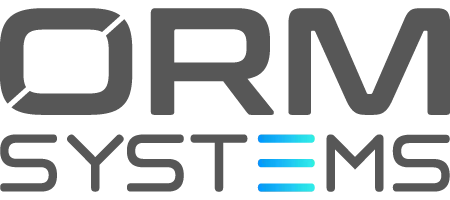

 +1 (281) 747-5957
+1 (281) 747-5957





